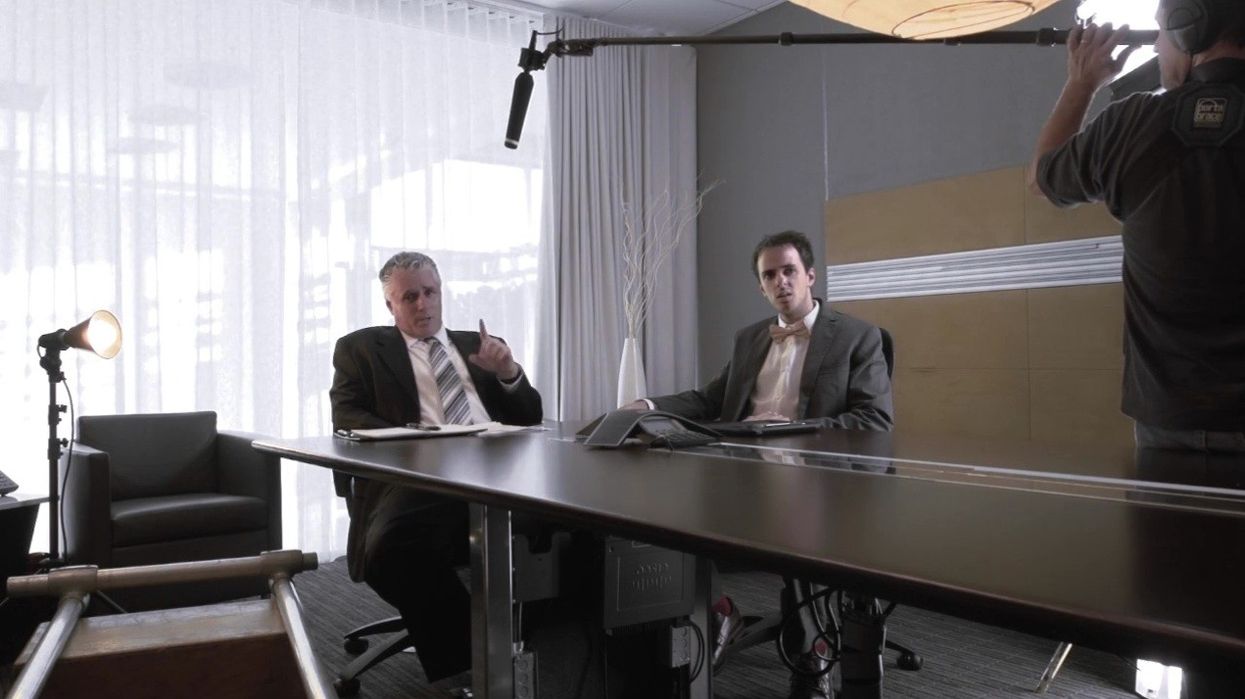Audio is the bane of every low-budget and independent filmmaker's existence. It's the one thing most filmmakers have the least amount of experience with, but also the least of amount of time to deal with properly. If you want the best possible audio on set, it takes just as much work as getting a good image. Since this is a visual medium, there's no question the moving images should be the best they can be, but often the quality of the audio matters more than the quality of the video. For anyone starting out, here's a quick video and then some simple tips about getting better production audio.
Production Dialogue - Microphone Placement
It's always a good idea to get the microphone as close as humanly possible to the mouth of speaker. This may seem like common sense, but all too often the boom operator and the camera operator are not in communication and you end up with a microphone that could be much, much closer to the actors and still out of frame (this is what boom operators mean when they are asking for a frame line). Here are some tips for getting the best production audio possible:
- Work on the problem areas for the space you're in. Use sound blankets (or any type of heavy cloth material) in front of surfaces that tend to reflect a lot of sound. For example, windows are usually the worst offender in terms of sound pollution, so covering them will help tremendously.
- Always boom away from windows and other noise pollution when you can.
- Unplug any unnecessary devices that could cause issues, for example, refrigerators.
- Develop a strategy for where you'll stand if you're operating the boom. Find the closest position possible to the actors, and it will limit your strain and help keep the boom steady, not to mention help get the microphone closer to the actors.
- Going from above is usually preferable, but if you don't have a choice, booming from underneath the actors might help you get closer.
- Whenever you're recording anything without a mixer, record the levels as high as possible before clipping. This ensures that your levels will not have to be brought up in post, which tends to increase noise greatly.
Audio is one of the few places where corners can't be cut. Bad sound can ruin an otherwise brilliant film, so if you don't have the experience already or the time to learn the skill properly, try to find or hire someone who does. The audience may not notice, but that's really the goal in the end, to keep them focused on the story and not the production values.
For some other audio tips, check out the audio chapter in the DSLR Cinematography Guide, and this guide to audio post-production using Premiere.
[via Frank Glencairn & ProVideo Coalition]












